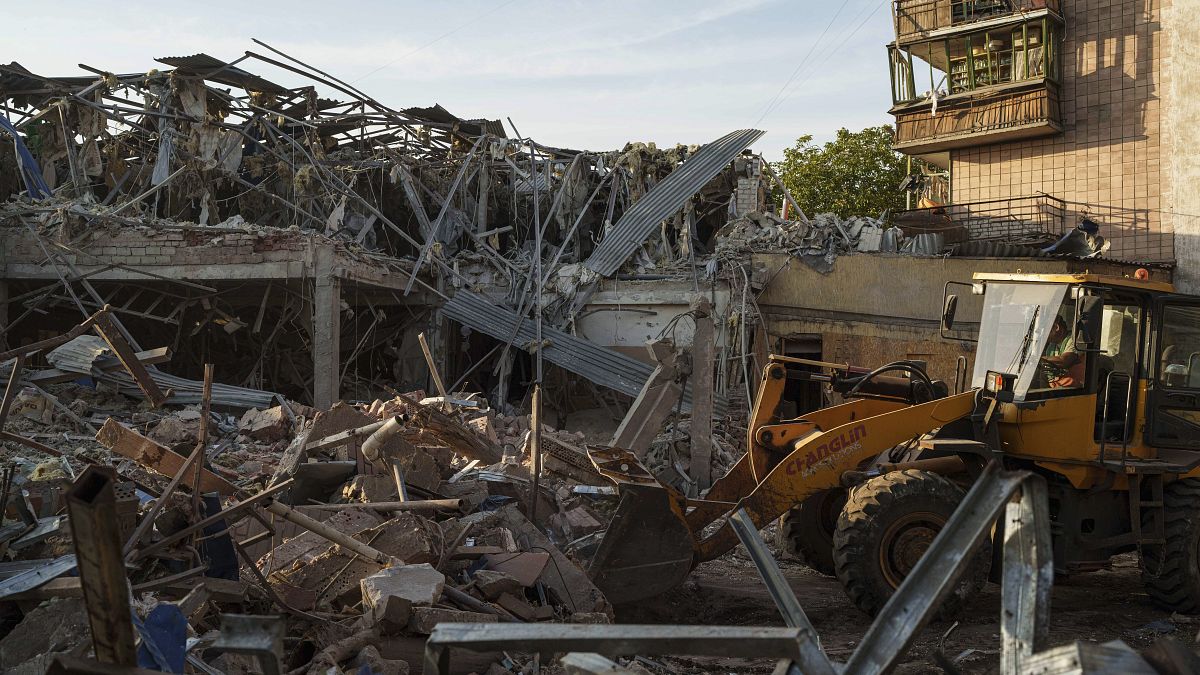Russia launched a massive missile attack against Ukraine on Monday morning, striking 15 Ukrainian regions in what appeared to be the largest assault in weeks. The attack resulted in at least three deaths and 13 injuries, with power outages reported across the country. The use of drones, cruise missiles, and hypersonic ballistic Kinzhal missiles caused extensive damage, disrupting power and water supplies in Kyiv and several other regions. Emergency blackouts were implemented to stabilize the power grid, with over 200 settlements experiencing either full or partial outages.
The attacks extended from the region of Sumy in the east to the Mykolaiv and Odesa regions in the south and the region of Rivne in the west. Ukraine’s private energy company, DTEK, worked around the clock to restore power, while officials opened “points of invincibility” to provide shelter, device charging, and refreshments during the outages. Neighbouring Poland and NATO activated air defences in the eastern part of the country in response to the attacks. Ukraine retaliated with its own offensive in the Russian region of Kursk, reportedly injuring four people during a drone attack in the Saratov region.
Ukraine renewed calls to its allies for long-range weapons to effectively target Russian launch sites. Prime Minister Denys Shmyhal emphasized the need to stop the shelling of Ukrainian cities by destroying the missile launch locations. The country sought support from allies to deter further attacks from Russia. This escalation of conflict comes shortly after Indian Prime Minister Narendra Modi’s visit to Kyiv, where he offered assistance in finding a peaceful resolution. Despite Modi’s reported close ties with Russian President Vladimir Putin, India emphasized the importance of respecting Ukraine’s sovereignty and territorial integrity as a top priority.
The ongoing conflict between Russia and Ukraine heightened with Russia’s recent massive missile attack on Ukrainian territory. The attack resulted in casualties and injuries, widespread power outages, disrupted water supplies, and extensive damage to infrastructure across the country. Ukraine faced challenges in stabilizing the power grid and providing basic services to affected regions. The retaliatory actions from both sides further escalated tensions and raised concerns about the potential for further violence in the region.
Efforts to seek support from allies for long-range weapons underscore Ukraine’s determination to defend itself against Russian aggression. The call for assistance aims to strengthen Ukraine’s military capabilities and target Russian missile launch sites effectively. Meanwhile, international involvement, including NATO’s activation of air defences in response to the attacks, highlights the broader implications of the conflict in Eastern Europe. The situation remains fluid as both sides engage in military actions amid diplomatic efforts to seek a peaceful resolution. The conflict underscores the complex geopolitical dynamics at play and the potential consequences of further escalation.
The visit of Indian Prime Minister Narendra Modi to Kyiv and his offer to support a peaceful resolution reflect the international community’s interest in finding a diplomatic solution to the conflict. Despite Modi’s close ties with Russian President Vladimir Putin, India reiterated its commitment to upholding Ukraine’s sovereignty and territorial integrity. The potential for a peace formula discussed between Modi and Ukrainian leaders underscores the importance of prioritizing a resolution that respects the interests and rights of all parties involved. As the conflict continues to unfold, the need for diplomatic efforts and international support becomes increasingly crucial in mitigating further violence and instability in the region.










